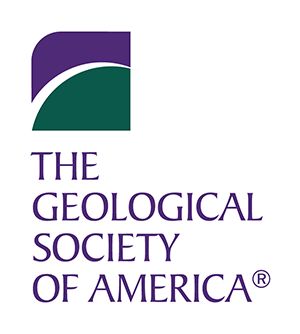West et al., 2014
Aspect-dependent variations in regolith creep revealed by meteoric 10Be
West, Nicole , Kirby, Eric, Bierman, Paul and Clarke, Brian A. (2014)
Geology, vol 42 (6):507-510
-
Shale Hills, INVESTIGATOR, COLLABORATOR
-
Shale Hills, INVESTIGATOR
-
Shale Hills, INVESTIGATOR
-
Shale Hills, INVESTIGATOR
Abstract
Although variations in insolation and emergent feedbacks among soil moisture, vegetation, and soil cohesion are commonly invoked to explain topographic asymmetry that depends on aspect, few studies have directly quantified the efficiency of regolith transport along hillslopes of opposing aspect. We utilize meteoric 10Be concentrations in regolith (n = 74) to determine mass flux along equatorial-facing and polar-facing hillslopes in three forested upland watersheds in and adjacent to the Susquehanna Shale Hills Critical Zone Observatory in central Pennsylvania (USA). In combination with regolith depth measurements and high-resolution topography, these fluxes allow us to evaluate transport rate laws and the efficiency of regolith creep. Concentrations of meteoric 10Be in regolith along six separate transects imply that regolith flux is similar along all hillslopes, despite differences in topographic gradient and regolith thickness. Comparison of flux with regolith depth and topographic gradient reveals that transport depends on regolith depth, and that regolith creep is twice as efficient along low-gradient, south-facing slopes with thin regolith as compared to steep, north-facing slopes mantled with thicker regolith. We suggest that the observed topographic asymmetry in these watersheds has evolved over geologic time as a result of differences in the frequency of freeze-thaw events between hillslopes of opposing aspect.
Citation
West, Nicole , Kirby, Eric, Bierman, Paul and Clarke, Brian A. (2014): Aspect-dependent variations in regolith creep revealed by meteoric 10Be. Geology, vol 42 (6):507-510 . DOI: 10.1130/G35357.1
 This Paper/Book acknowledges NSF CZO grant support.
This Paper/Book acknowledges NSF CZO grant support.
Explore Further





